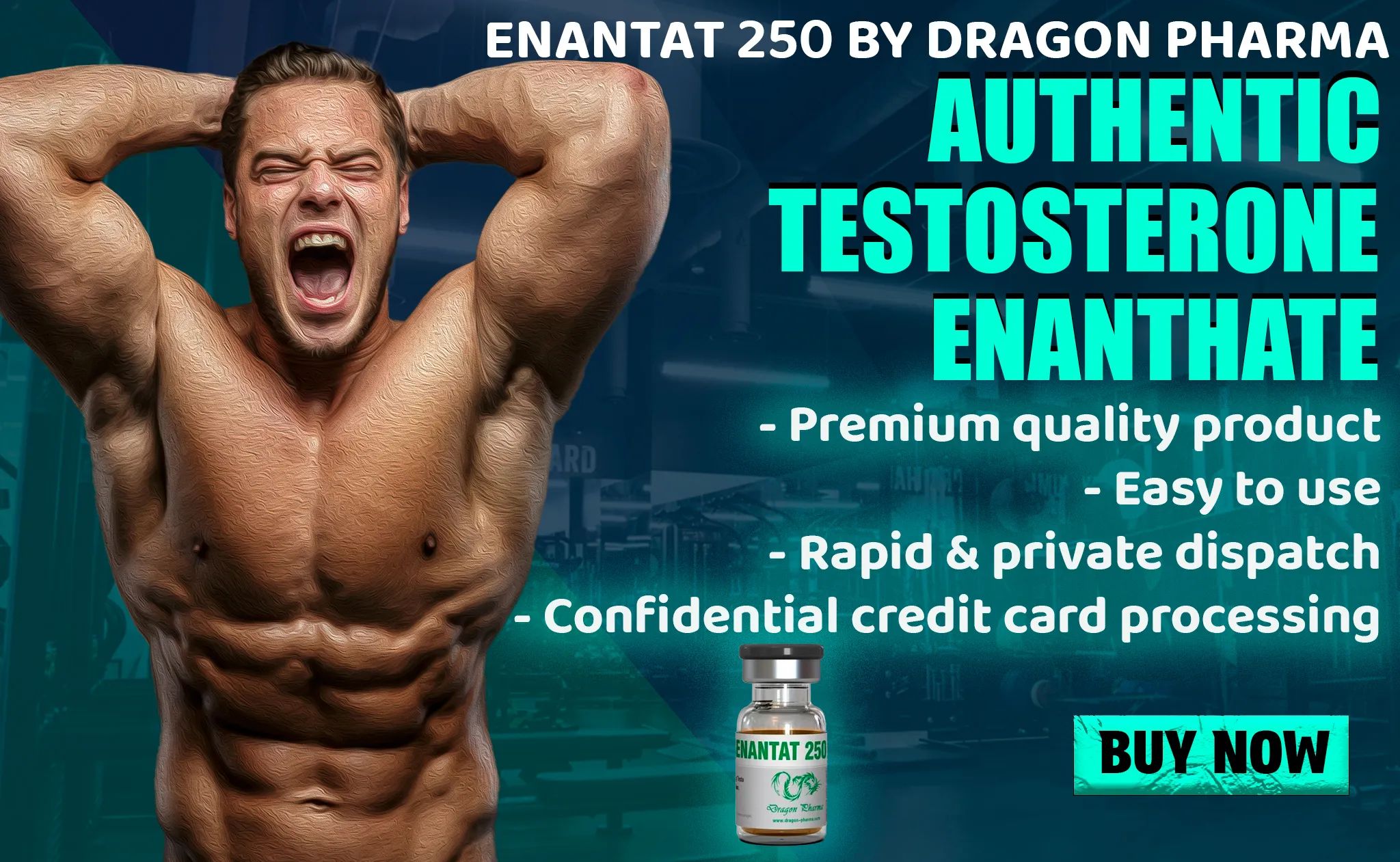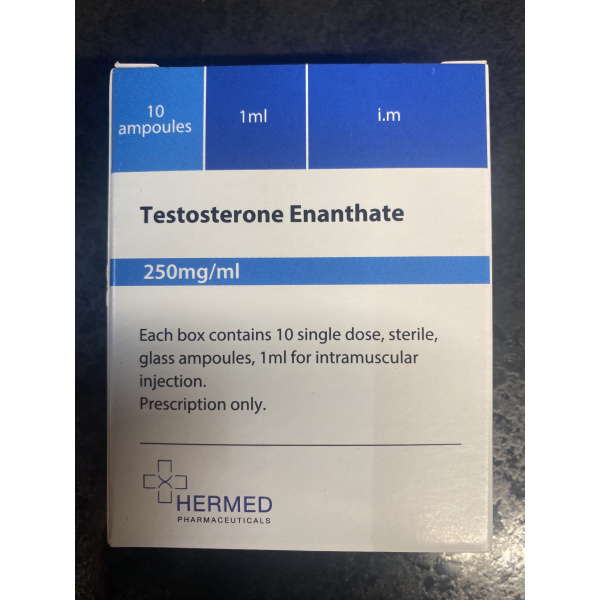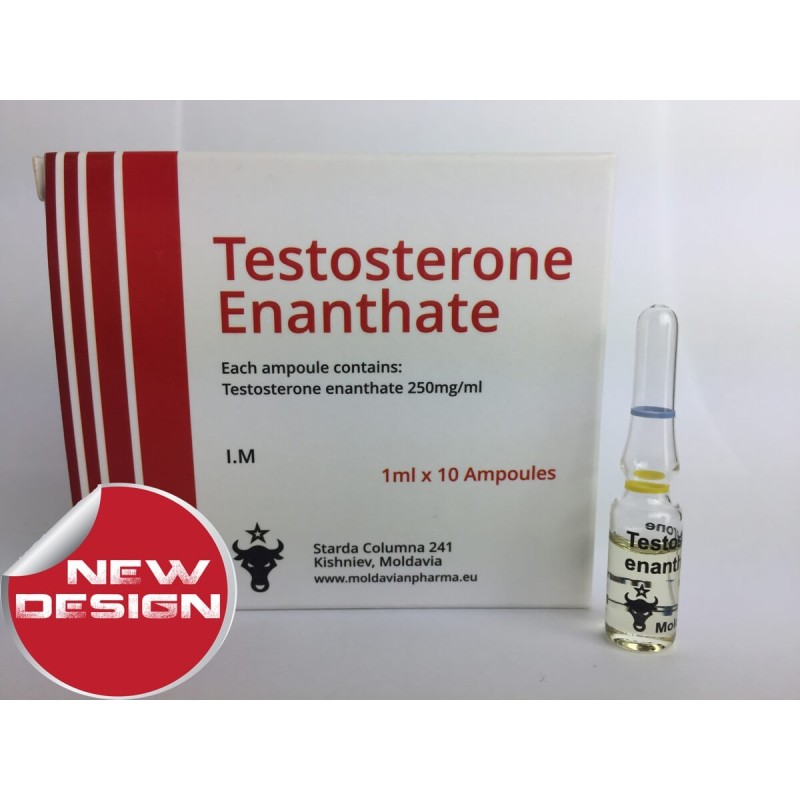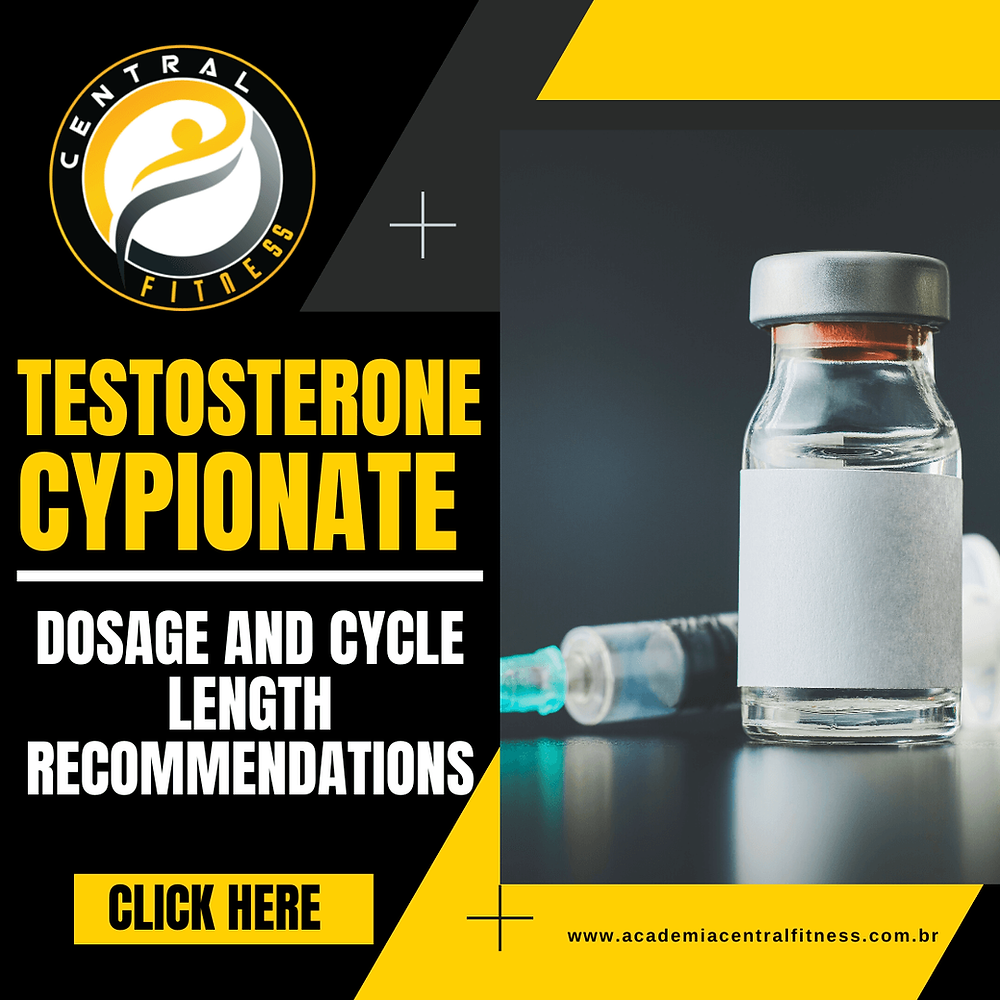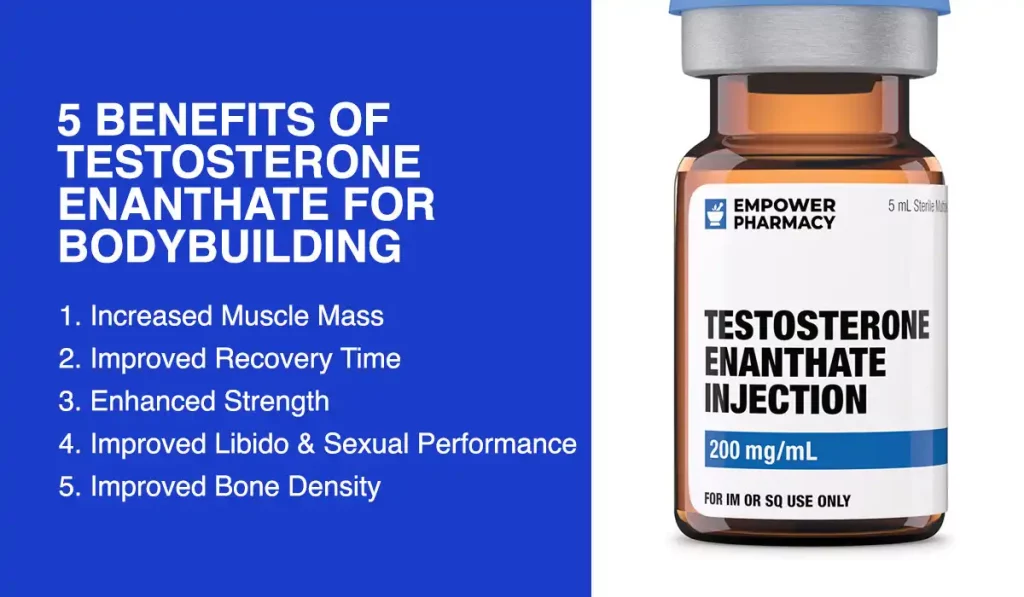Testosterone Enanthate 250 For Bodybuilding Dosage
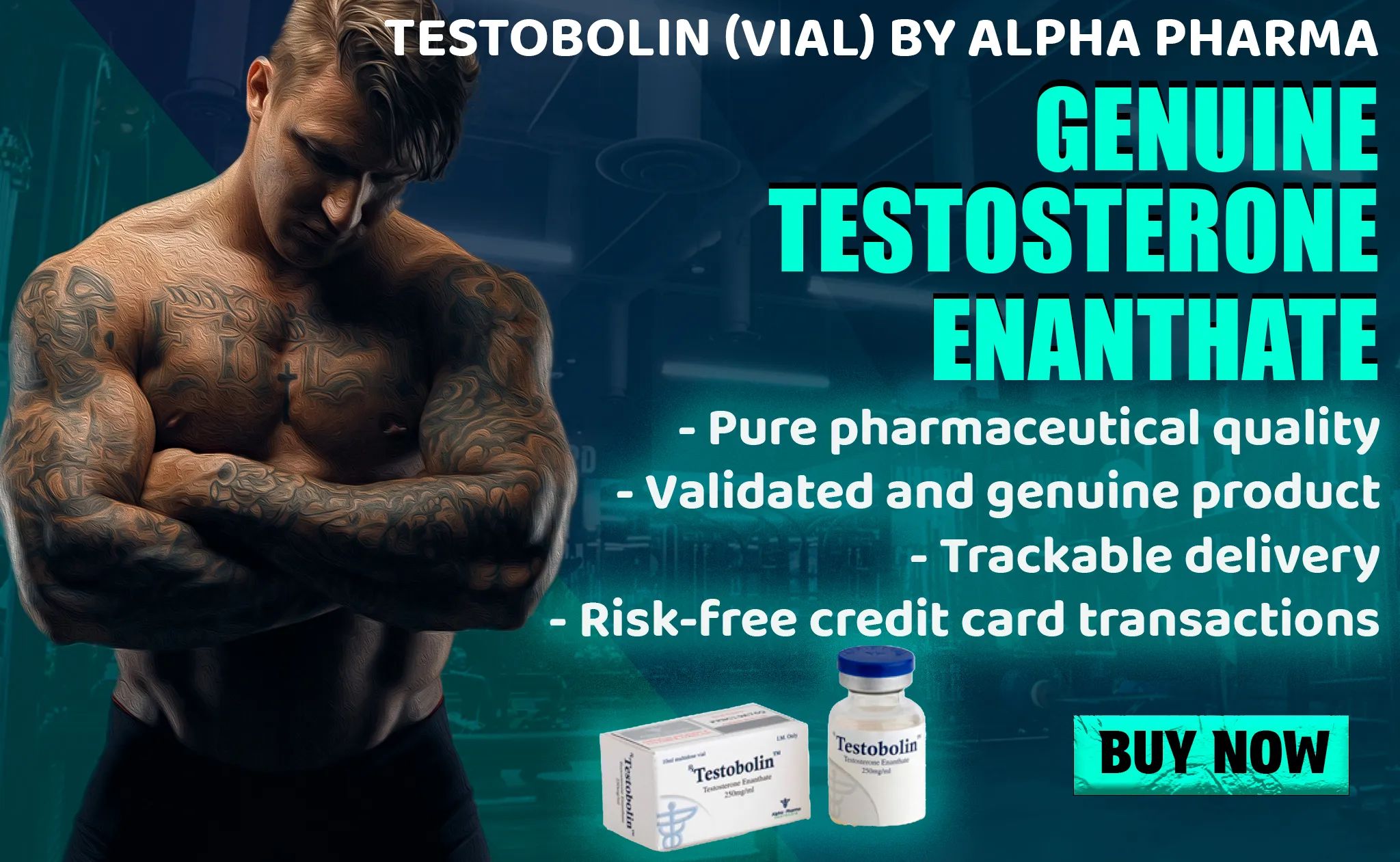
The pursuit of enhanced physique and performance in bodybuilding has led many down a perilous path, often involving the use of anabolic steroids. Among these, Testosterone Enanthate 250 stands out as a popular, yet controversial, choice. Its accessibility and purported effectiveness have fueled its widespread use, but the lack of standardized dosage guidelines and the potential for severe health consequences raise serious concerns within the medical and bodybuilding communities alike.
This article delves into the complexities surrounding the use of Testosterone Enanthate 250 in bodybuilding, examining the risks, benefits, and the ongoing debate surrounding its appropriate dosage. It will explore the scientific evidence, or lack thereof, behind common practices, and the ethical considerations that surround the pursuit of physical perfection at the expense of health.
Understanding Testosterone Enanthate
Testosterone Enanthate is a synthetic form of testosterone, a primary male sex hormone. It’s classified as an anabolic-androgenic steroid (AAS), meaning it promotes muscle growth (anabolic effects) and the development of male characteristics (androgenic effects). Medically, it is prescribed to treat conditions like hypogonadism, where the body doesn't produce enough testosterone naturally.
However, in the bodybuilding world, it is often used at supraphysiological doses, far exceeding those prescribed for medical conditions. This use is primarily driven by the desire to increase muscle mass, strength, and performance.
The Bodybuilding Dosage Dilemma
The crux of the problem lies in the absence of officially recommended dosages for bodybuilding purposes. Pharmaceutical companies only provide dosage guidelines for legitimate medical treatments. Athletes and bodybuilders often rely on anecdotal evidence, online forums, and advice from peers, which can be highly unreliable and dangerous.
Commonly cited dosages range from 250mg to 1000mg per week, or even higher, depending on experience level and individual goals. The purported logic behind these high doses is to saturate the body with testosterone, maximizing muscle protein synthesis and accelerating muscle growth.
Risks Associated with High Doses
While higher doses may lead to faster muscle growth, they also significantly increase the risk of adverse side effects. These side effects can range from mild to life-threatening, making responsible use paramount.
Some of the common side effects include: acne, hair loss, gynecomastia (development of breast tissue in men), and increased aggression. More severe risks involve cardiovascular complications, such as increased blood pressure, elevated cholesterol levels, and an increased risk of heart attack and stroke.
Liver damage is also a significant concern, as the liver metabolizes testosterone. Prolonged use of high doses can cause significant strain and potentially lead to irreversible damage.
The Medical Perspective
The medical community overwhelmingly cautions against the non-medical use of Testosterone Enanthate, particularly at the high dosages often employed in bodybuilding. Dr. [Fictional Doctor Name], an endocrinologist at [Fictional Hospital Name], emphasizes that "the risks far outweigh the benefits in most cases. Individuals are playing a dangerous game with their health when they self-administer such powerful hormones without proper medical supervision."
Doctors often highlight the importance of proper blood work monitoring during testosterone therapy, even for legitimate medical reasons. This monitoring helps to detect early signs of adverse effects and allows for adjustments to the dosage.
The lack of medical supervision in bodybuilding contexts means that individuals are often unaware of the damage they are inflicting on their bodies until it is too late.
The Bodybuilding Perspective
Within the bodybuilding community, there is a spectrum of opinions on the use of Testosterone Enanthate. Some advocate for its responsible use, emphasizing the importance of research, proper cycling, and post-cycle therapy (PCT) to restore natural testosterone production.
However, even proponents of responsible use acknowledge the inherent risks involved. They often stress the importance of minimizing dosage and carefully monitoring for side effects.
Conversely, others downplay the risks, prioritizing muscle growth and performance above all else. This perspective often involves a culture of misinformation and peer pressure, making it difficult for individuals to make informed decisions.
The Role of Post-Cycle Therapy (PCT)
Post-cycle therapy (PCT) is a critical component of steroid use in bodybuilding, aimed at restoring the body's natural testosterone production after a cycle. When exogenous testosterone is introduced, the body reduces its own production.
PCT typically involves the use of drugs like Selective Estrogen Receptor Modulators (SERMs), such as Clomiphene or Tamoxifen. These drugs help to stimulate the release of luteinizing hormone (LH) and follicle-stimulating hormone (FSH), which are essential for testosterone production.
However, the effectiveness of PCT varies depending on the individual, the dosage used, and the duration of the cycle. In some cases, natural testosterone production may not fully recover, leading to long-term hormonal imbalances.
Legal and Ethical Considerations
The use of Testosterone Enanthate for bodybuilding purposes is illegal in many countries without a valid prescription. The penalties for possession and distribution can be severe, ranging from fines to imprisonment.
Furthermore, the use of performance-enhancing drugs is banned in most competitive sports. Athletes who test positive for Testosterone Enanthate face disqualification and reputational damage.
Ethically, the use of steroids raises questions about fairness and the pursuit of physical perfection at the expense of health. Many argue that it creates an uneven playing field and promotes unrealistic body image expectations.
Looking Ahead
The debate surrounding Testosterone Enanthate 250 dosage for bodybuilding is likely to continue. The lack of scientific consensus and the conflicting perspectives within the medical and bodybuilding communities make it a challenging issue to resolve.
Increased education about the risks and potential benefits of AAS is crucial. Individuals need access to accurate information to make informed decisions about their health and well-being. Research is needed to better understand the long-term effects of steroid use and to develop safer alternatives.
Ultimately, the responsible use of Testosterone Enanthate, if any, requires careful consideration of the risks, benefits, and ethical implications. In the pursuit of physical perfection, the preservation of health should always be the top priority.
